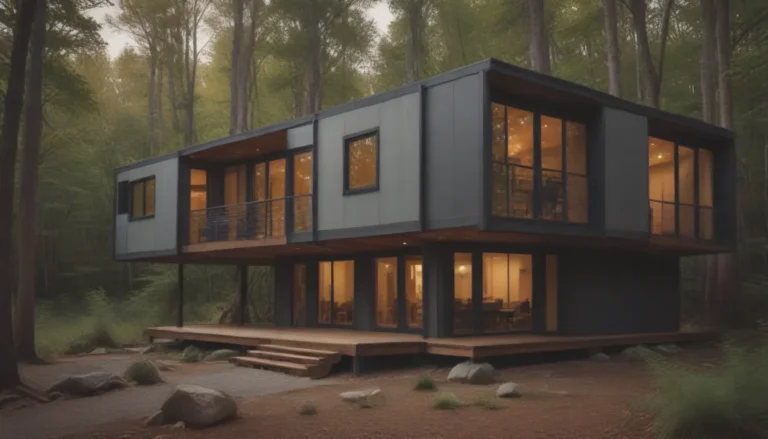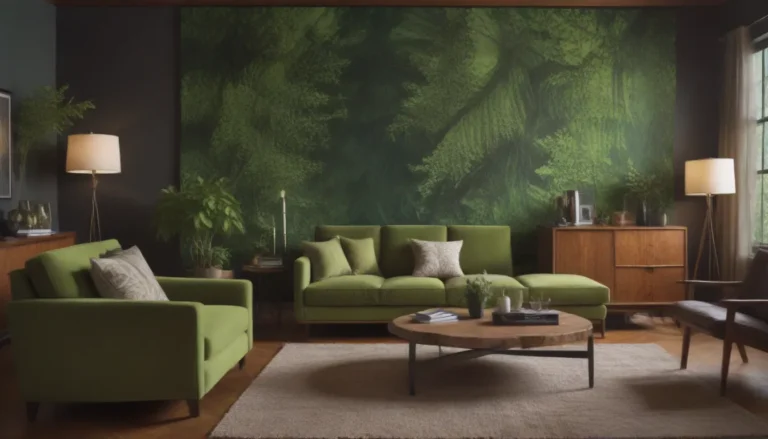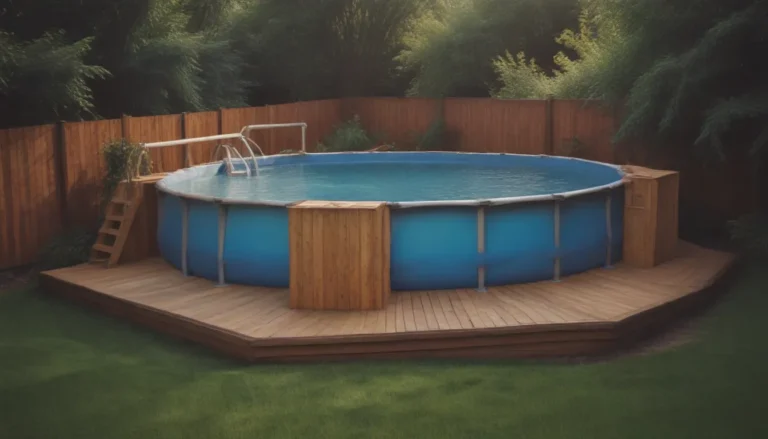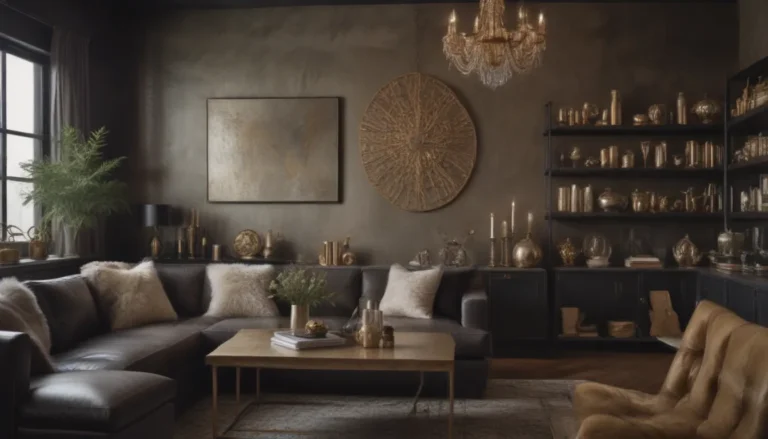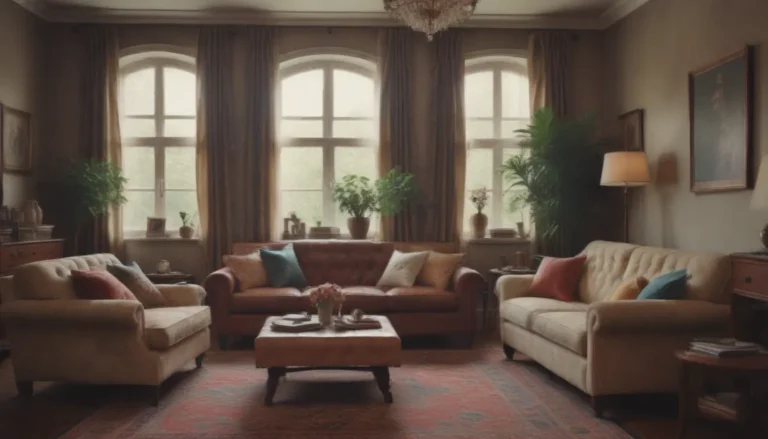Demystifying Rowhouses: Everything You Need to Know
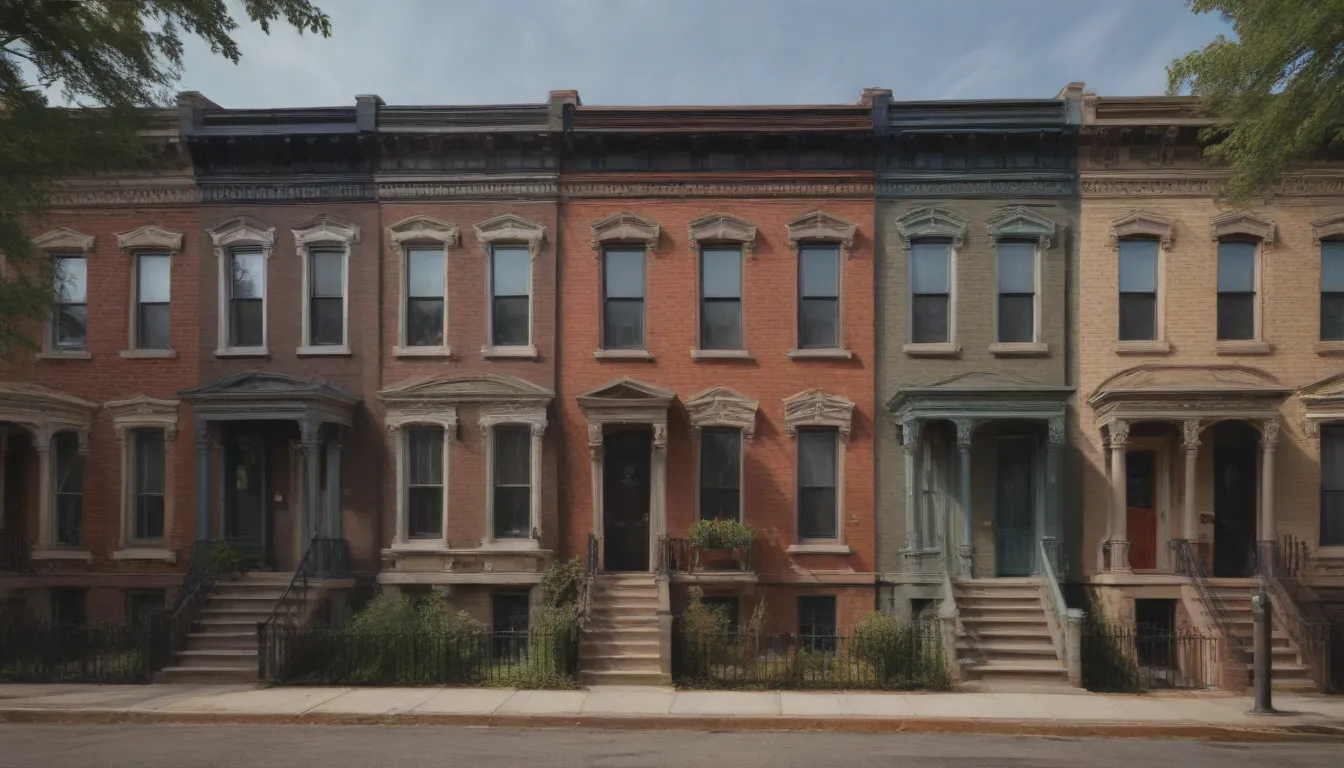
If you’ve ever strolled through the bustling streets of a major city in North America, chances are you’ve encountered the charming sight of rowhouses neatly lining the sidewalks. But what exactly is a rowhouse, and why are these architectural gems such a staple in urban landscapes? Let’s dive into the fascinating world of rowhouses and uncover the rich history and key characteristics that make them a beloved feature of city living.
Unveiling the Mystery: What Is a Rowhouse?
A rowhouse, also known as a row house, is a type of residential building characterized by its close proximity to neighboring houses, creating a uniform row along a street. These low-rise homes typically share a roofline and one or both side walls, presenting a cohesive and harmonious facade that adds to the charm of urban neighborhoods. In the U.K., Australia, and other parts of the world, rowhouses are referred to as terraced houses, reflecting their connected and continuous layout.
A Brief History Lesson: The Origins of Rowhouses
The roots of rowhouses can be traced back to the Netherlands and Belgium in the 16th century, where these compact dwellings first emerged as a solution to urban housing needs. Fast forward to the 17th century, and the iconic Place des Vosges in Paris stands as a testament to the enduring appeal of rowhouse architecture. Built by Henri IV, this historic square boasts elegant red brick and stone rowhouses that exude a timeless charm, inspiring urban planners and architects for centuries to come.
In the United States, rowhouses gained popularity during the Industrial Revolution as developers sought to accommodate the burgeoning urban middle class. In cities like New York City, rows of these modest yet stylish homes were constructed to provide accessible housing options for urban dwellers, offering a welcome alternative to the overcrowded tenements that dominated the cityscape. Today, historic districts filled with rowhouses serve as a reminder of a bygone era and contribute to the unique character of cities like New York, Philadelphia, and Boston.
Delving Deeper: Key Characteristics of Rowhouses
- Identical or nearly identical low-rise homes
- Lined up shoulder-to-shoulder along a street
- Share a roofline and one or both side walls
- Often divided into smaller apartments in modern times
- Historically built for one or two families
Unlocking the Secrets: Interesting Facts About Rowhouses
- The terms “rowhouse,” “townhouse,” and “brownstone” are sometimes used interchangeably, but each has its own distinctions. While rowhouses are typically divided into smaller units, townhouses are often occupied by a single family.
- Brownstones refer to the brownish-red stone facing commonly used in 19th century townhouses, particularly in Brooklyn.
- Well-preserved rowhouse blocks contribute to the cohesive and egalitarian feel of neighborhoods, blending historic charm with modern innovation.
- Contemporary rowhouse projects often incorporate sustainable building practices and modular construction techniques to create a new generation of urban dwellings.
In a rapidly evolving urban landscape, rowhouses stand as enduring symbols of community and heritage, offering a glimpse into the past while embracing the future with innovative design and sustainable features. Whether you’re a history buff, an architecture enthusiast, or simply curious about the unique appeal of rowhouses, there’s no denying the timeless allure of these iconic urban dwellings.
So, the next time you find yourself wandering through the captivating streets of a bustling city, take a moment to appreciate the beauty and history woven into the fabric of rowhouses that line the sidewalks. For behind their unassuming facades lies a rich tapestry of stories and a legacy of urban living that continues to inspire and captivate us to this day.
